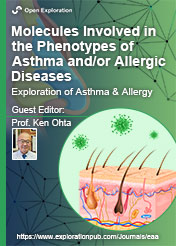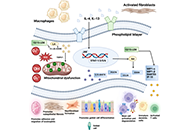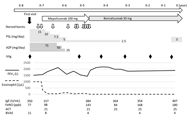
Molecules Involved in the Phenotypes of Asthma and/or Allergic Diseases
Guest Editor
Prof. Ken Ohta E-Mail
President, Japan Anti-Tuberculosis Association (JATA) Fukujuji Hospital; Honorary President, NHO Tokyo National Hospital, Tokyo, Japan
Research Keywords: Hard-to-treat asthma, animal model, guidelines for asthma and COPD, molecular mechanisms of asthma and allergy, biologics for asthma therapy
About the Special lssue
It has been recognized that asthma is a kind of syndrome rather than a disease since it has various faces, so-called phenotypes, which we need to recognize for precision medicine. Phenotypes have been believed to be derived from various molecules, which are named endotypes after their involvement in and relationship with phenotypes. The molecules thus identified could be a new biomarker, a new therapeutic target, or a hint for clarifying molecular mechanisms of asthma and/or allergic diseases.
When I look back at our research, the first step to develop a therapeutic strategy was the development of a murine asthma model in the 1990s, when only a few groups, including ourselves, were able to establish the model for their own research. In our case, we observed elevated levels of granulocyte-macrophage colony-stimulating factor (GM-CSF) in BALF from asthma patients, so we raised a question whether GM-CSF is functionally involved in the pathogenesis of asthma. I thought of using a neutralizing antibody to GM-CSF in our murine asthma model. The next hurdle was how to administer the antibody to a mouse. We have chosen two ways, i.e. the systemic administration by using an osmotic capsule and the local airway instillation by intranasal dripping. As we expected, the antibody neutralized the targeting cytokine, i.e. GM-CSF, functionally in both ways of administration. We were able to contribute to developing a new way of studying the cytokine biology in the field of asthma by using neutralizing antibodies and a murine asthma model, and to show a new therapeutic strategy with neutralizing antibodies as biologics.
In this special issue, we would like to publish manuscripts giving us new scientific information with good quality of data and discussion contributable to discovering new roles of molecules.
Keywords: Asthma, allergic diseases, molecules, phenotypes
Published Articles

